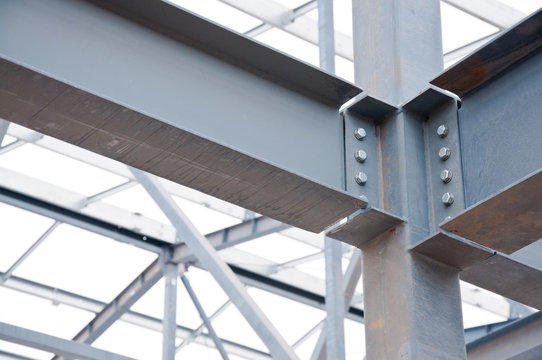

steel beams
Steel beams are exactly what they say they are, long pieces of metal. They are frequently used when building modern homes as the metal beams are strong and allow wide spans between walls.
The universal steel beam is lightweight and surprisingly environmentally friendly. That’s why it is becoming so popular.
But, you may not realize there is more than one type of steel beam.
W-Beams
This is one of the most common beams in residential construction. This beam is often called the wide flange beam as this tells you this beam has a wide flange. Construction workers find that this makes it easier to weld it, rivet it, or assemble it in a variety of ways. In short, you can use it with almost any material.
H-Beams
The H-beam is also used in residential projects but it is designed specifically for high-rise buildings or skyscrapers. This type of beam is longer and stronger, although also heavier, than the W beam. There is a good reason for this it can support 1,000 tons of weight, making it the perfect choice for the foundations of high-rise buildings.
The H beam is one of the most commonly purchased and used beams in the world.
I-Beam
You’ll find the I-beam in almost every construction project. Its defining feature is tapered flanges which ensure it can be used for almost any purpose. It has become the go-to option when creating the supporting structure of any building.
T-Section beams
As its name suggests the T-section beam has a specially designed end that roughly forms a T. Its role is to create fixing points for other beams. It works best with I or W beams and ensures strength and integrity without any compromise in safety. It is particularly useful when creating multi-level buildings.
L-Beams
The L beam is shaped like an L with a 90° angle built into it. This beam must be carefully made to balance the weight of the beam against the strength it offers. This can be a difficult combination to get right.
You’ll find the L beam is often used to offer support to other beams, effectively becoming a clamp.
C-Beams
C beams are also known as channel beams because they have a cross-section design that limits the amount of metal needed while still providing maximum strength.
Of course, although still strong they are not the strongest of the beams available. You’ll find this type is commonly used to cover pillars and create drainage channels. They are best under lighter loads.
Final Thoughts
If you are in construction you need to know the different types of beams available in order to secure the right one. This guide will help you to appreciate what is available and how they offer different strengths and weaknesses.
Choosing the right type of steel beam is essential if you wish to create high-quality buildings that will last through the elements and the tests of time.